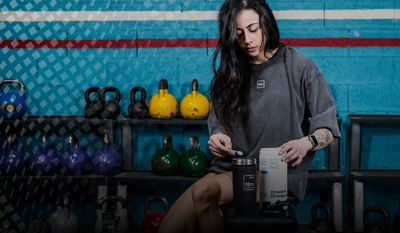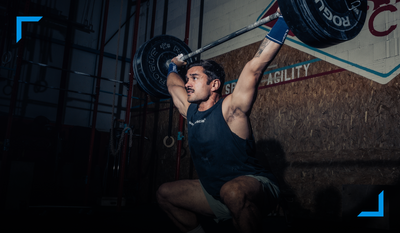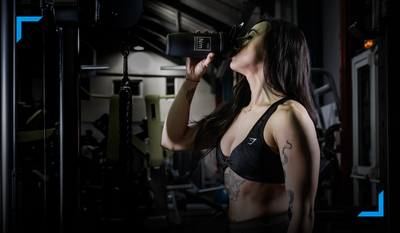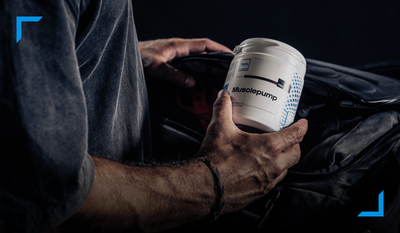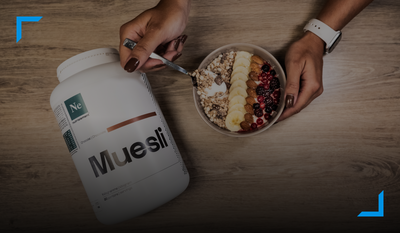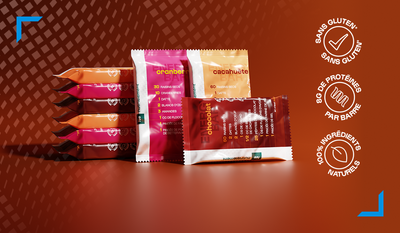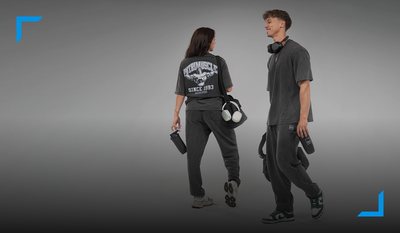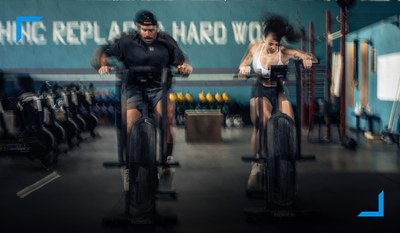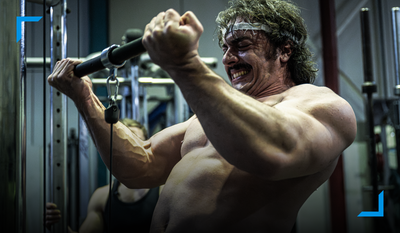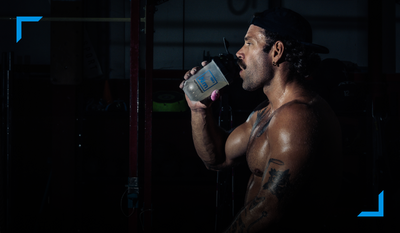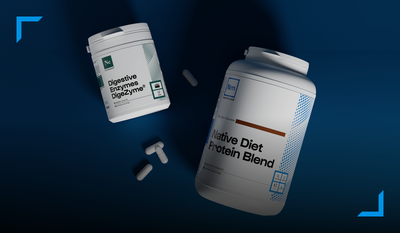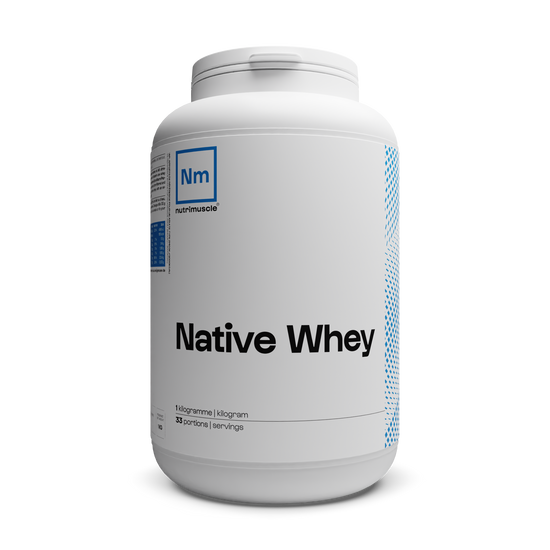0 commentaires
Warming up is often underestimated by many bodybuilders, even though it plays a crucial role in preparing the body for exercise. A well-structured warm-up not only reduces the risk of injury, but also improves performance during the workout. In this article, we will look at the different benefits of warming up, as well as the best practices to maximize its benefits.
Why warm up before a weight training session?
Warming up prepares the body for physical exertion by gradually increasing body temperature, heart rate, and blood flow to the muscles. This preparation phase is essential for several reasons:
- Injury Prevention: A proper warm-up prepares muscles, tendons, and joints for exercise, reducing the risk of muscle tears or tendonitis.
- Improved performance: By increasing muscle temperature, warming up allows for more efficient muscle contraction and better motor coordination, resulting in optimized performance during exercises.
- Mental preparation: Warming up is also a key moment to focus and mentally prepare for the training session. It allows you to clear your mind and focus on the objectives of the session.
How to structure an effective warm-up?
An effective warm-up in bodybuilding generally consists of several phases which allow for progressive preparation of the body for intense effort.
General warm-up:
- Duration: 5 to 10 minutes
- Objective: To increase body temperature and activate the cardiovascular system.
- Examples of exercises: Brisk walking, jumping rope, or any other moderate-intensity cardio exercise.
- Duration: 5 minutes
- Purpose: Lubricate joints and prepare specific muscles for strength training movements.
- Examples of exercises: Shoulder rotations, wrist curls, hip circles, rotator cuff warm-up with an elastic band or pulley.
- Duration: 5 to 10 minutes
- Objective: Prepare the muscles for the specific movements of the session.
- Examples of exercises: Light series of the exercises planned in the session, such as empty squats, push-ups, or pull-ups. Increase the loads little by little on the machines.
Mistakes to avoid
Excessive static heating
In some people, static stretching can reduce muscle performance, including strength and power, if done just before exercise. It is best to focus on dynamic stretching during the warm-up.
Ignore the small stabilizer muscles
These muscles play a vital role in maintaining posture and stability during heavy movements. Ignoring them increases the risk of long-term injuries. Warming up the hips, for example, is very often neglected.
Warm-up too short
A warm-up that is too short does not allow for sufficient increase in body temperature or proper preparation of muscles and joints. This can lead to injuries or a drop in performance from the start of the session.
Using too heavy loads during the specific warm-up
The goal of the specific warm-up is to prepare the body without causing fatigue. Using weights that are too heavy right from the start can exhaust your muscles before you even start the main session.
By avoiding these mistakes and structuring your warm-up correctly, you can ensure an effective and risk-free weight training session.





